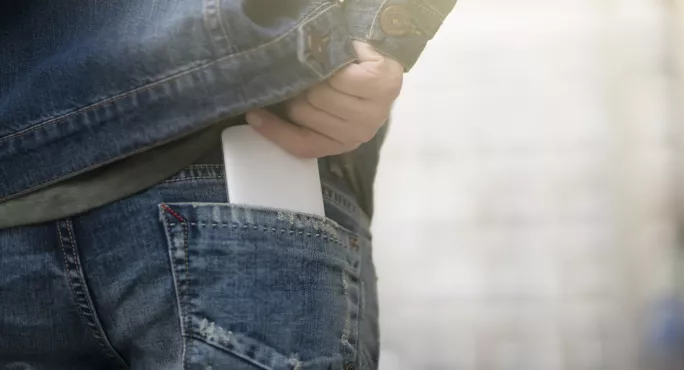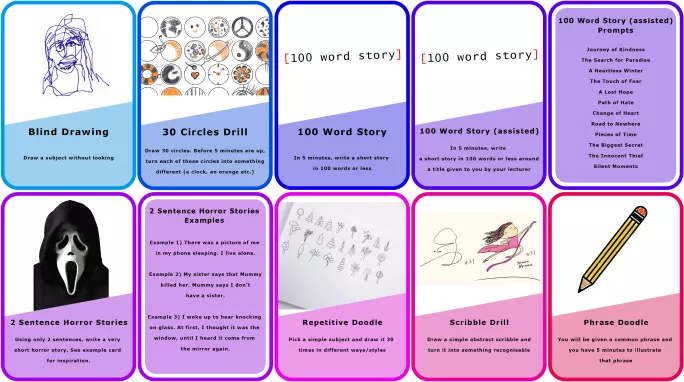Creative thinking helps to keep the world moving forward. It helps to provide new solutions to problems. It inspires, entertains and creates new ideas. According to the World Economic Forum in 2020, “creativity, originality and initiative” will be the fifth most valued skills for employment in 2025.
It may therefore be worrying to learn that, according to Gregerson, Kaufman and Snyder, “whilst most teachers support the premise that creativity is important for learners, they often state that there is no time to add creativity into their lessons and that they don’t know how to support creativity in the classroom”.
I am a strong believer that you cannot directly teach someone to be creative. Creativity has to be nurtured. Much like a runner needs to repeatedly exercise specific muscle groups to become better and faster, the same goes for creativity. The mind needs to be consistently exposed and confronted with scenarios that require creative responses. Through constant and repeated exposure to such scenarios, an individual will gradually be able to exercise their creative thinking further and further.
Need to know: We can push creativity without reliving Covid trauma
More by David Murray: I might be an older teacher - but I’m not ready to go
Student wellbeing: Why every teacher must try to be approachable
So, although creativity cannot be directly taught, it must also not be left to chance. As educators, we need to respond to this and find a way to create scenarios in which we are encouraging and nurturing creativity in the classroom. This is where I use my method of “back pocket pieces”.
Five-minute lesson fillers for teachers
I picked up the term “back pocket pieces” in my time spent as a camp counsellor in Michigan back in 2013. It was a term describing the need to have a few five-minute games at your fingertips (or in your back pocket) to keep the campers entertained between activities. Essentially these served as fun time fillers.
Soon after starting teaching, it became apparent to me that you often run into similar situations where you must ask your students to bear with you for a few minutes. This can be while you wait for a laptop/projector to load up, if you are waiting for another member of staff to join you, or it may be that class have finished your planned session earlier than anticipated. Regardless of the reason, as teachers we sometimes find ourselves in a situation where we must improvise to fill some time. This is where I pull out my “back pocket pieces”.
Across the past year or so I have collated a collection of five-minute tasks that require my students to engage creatively. I have found these exercises to work so well that I have even started building them into my lessons in between activities and tasks, and even at the end/beginning of sessions.
Some examples of my back pocket pieces are:
I have come up with many more of these - and they are available
for download.
Given that I teach an arts course called creative media, it may seem all too easy for me to embed creative activities. However, regardless of your subject area, there is surely an array of different creative tasks that you can construct around your curriculum, although it is important to remember that these creative tasks do not necessarily need to even tie into your curriculum. Maybe they could serve well as a nice five-minute break away from the curriculum giving the student time to relax.
Knowing that creativity has such a key importance in our students’ education, what five-minute “back pocket pieces” might you incorporate into your classroom?
Jonathon Parker is a creative media lecturer and digital peer mentor at a college in Wales

